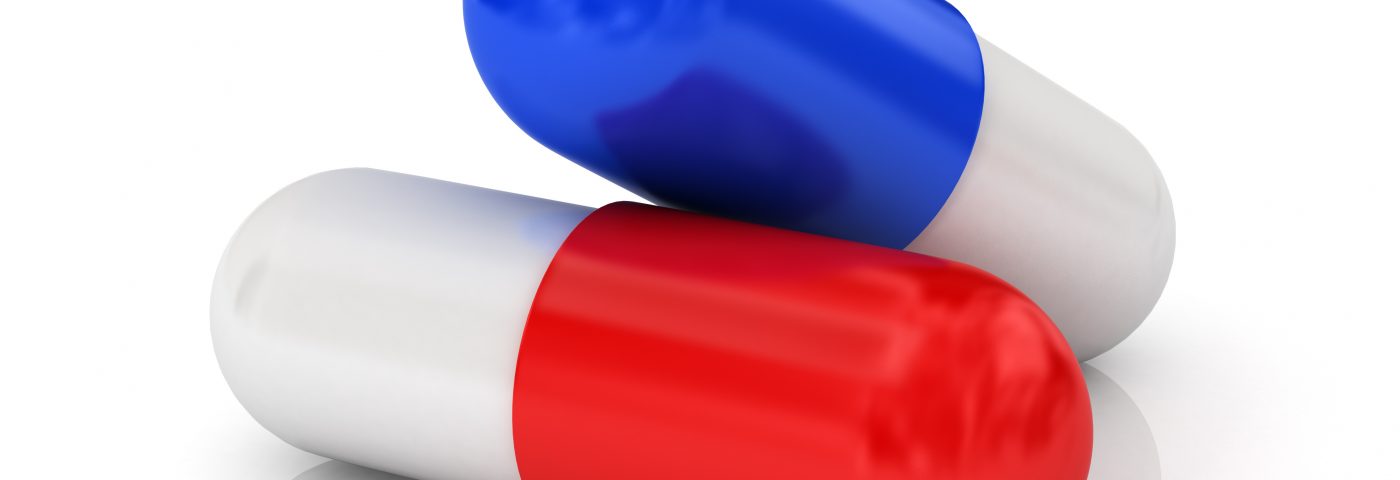Combining silodosin (known as Rapaflo in the U.S.) and dutasteride (Avodart) effectively and safely improves symptoms in patients with acute urinary retention caused by benign prostatic hyperplasia (BPH). While the findings indicate the treatment was beneficial, clinical trials are needed to compare it to other approaches.
Acute urinary retention caused by severe lower urinary tract symptoms is usually managed by inserting a urinary catheter for three days. Although this procedure, termed trial without catheter, is considered standard of care, only 23 to 40 percent of patients can empty their bladder once the catheter is removed.
Earlier studies have shown that combining catheterization with drug treatment improves successful catheter removal, and so far, trials of alpha-blockers, silodosin, or 5????-reductase inhibitors (5-ARI) alone or combined with alpha-blockers have produced variable results.
The research team at Hirosaki University Graduate School of Medicine enrolled 80 patients with their first episode of acute urinary retention and treated them with silodosin and dutasteride in addition to catheterization.
Every two weeks, researchers attempted to remove the urinary catheter to see if patients could urinate voluntarily. The study, “Efficacy and Safety of Silodosin and Dutasteride Combination Therapy in Acute Urinary Retention due to Benign Prostatic Hyperplasia: A Single-Arm Prospective Study,“ published in the journal BioMed Research International, also measured prostate symptom scores and post-void residual urine.
At 12 weeks, 88.8 percent of participants had successfully removed catheters, but 9.9 percent of them had a second episode of acute urinary retention within three months after catheter removal. Also, 10 percent of patients, including four who had experienced a successful catheter removal, required later prostate surgery.
Findings show that symptoms got increasingly better for most patients during the 12-week period, with improved flow rate, International Prostate Symptom Score (IPSS) ratings, and health-related quality of life being significantly better at the end of the trial, which also reported no adverse events.
Since the study did not employ a control group consisting of no drug, or only monotherapy, the authors concluded that a randomized clinical trial is needed to explore if the treatment regimen used in this study is superior to other approaches, particularly those using treatment with a single drug.

